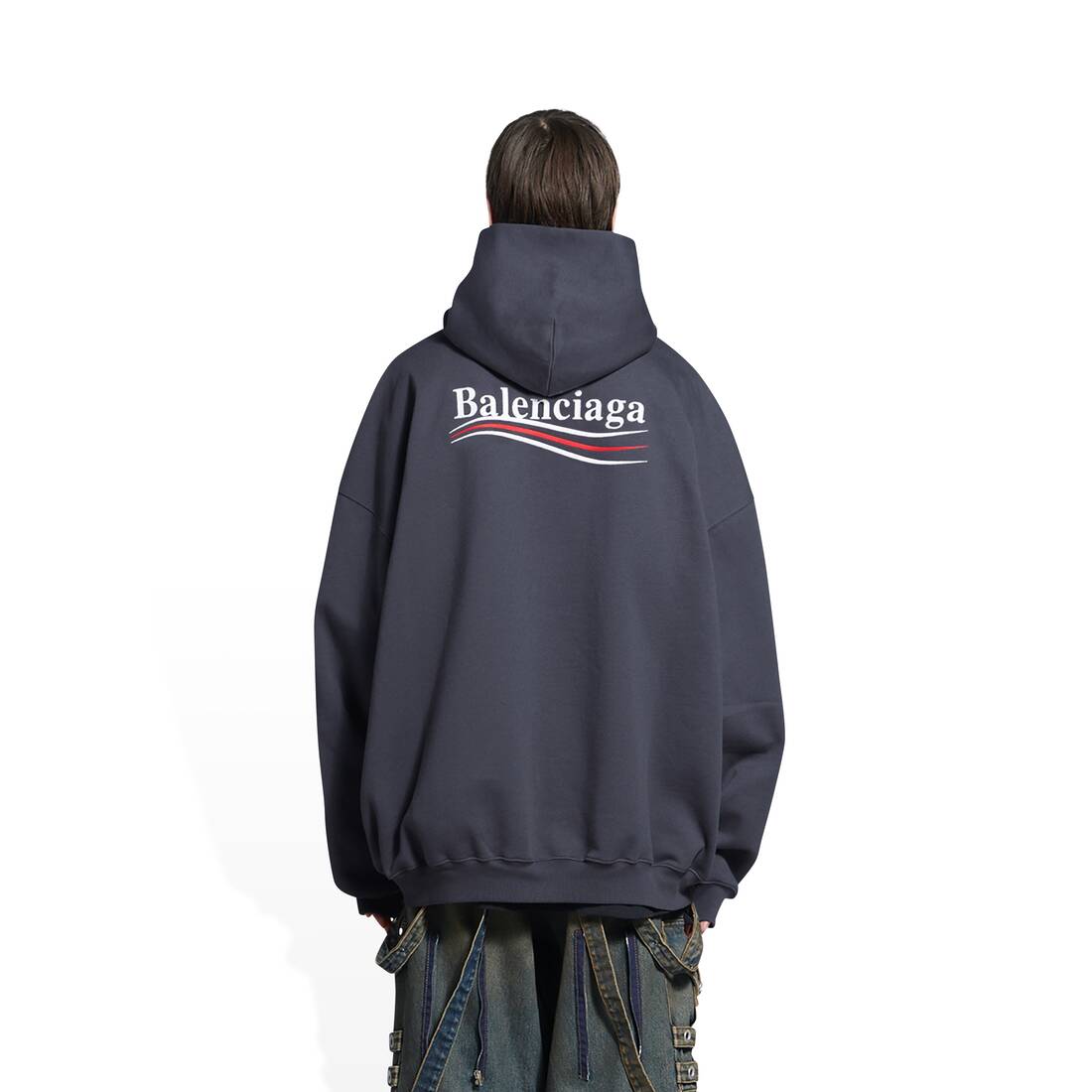Postmodernism is in its heyday, it’s been dubbed the most controversial fashion movement as more and more brands utilize tactics like shock value to gain notoriety and keep people talking - and I think it's working. Postmodernism is abrasive and seems to be the only thing keeping fashion bloggers on their toes. In its essence, the prefix “post” means after, thus postmodernism means after the modernism movement. The modernist movement was known to have sought a new alignment with the experience and values of modern life. Postmodernism takes the elements of modernism one step further and embraces experimentation and societal confrontation.
Postmodernism is being led primarily by new generations of designers playing with themes of irony, shock value, and pop culture. When addressing said themes, I tend to think about the infamous fashion brand Praying. Praying gained traction online through its witty play on pop culture and juxtapositions of its slogan-heavy clothing against its feminine clothing blanks. The now infamous “Holy Trinity Bikini Set” by Praying was deemed “sacrilegious” by many and was, ironically, praised by others calling it “camp”. The brand's absurd omnipresent online marketing combined with its dry-humored approach to design makes for the perfect storm to keep the label both in people's mouths and on people's bodies proving that hot girls can be weird too.
Conversely, Online Ceramics plays with the mentality of the perceiver by subconsciously reminding everyone to look around and enjoy the weirdness that life has to offer. Online Ceramics made a name for itself by making shirts, sweatshirts, hoodies, and other accessories reminiscent of the style of old concert t-shirts and cartoon t-shirts from the 90s. Online Ceramics has partnered with the likes of Heaven by Marc Jacobs, The North Face, and A24 just to name a few. The label has made quite a splash in the online fashion world, proving to the public that they are much more than a fad. Making each collection a limited run has made their pieces a hot commodity by providing a level of exclusivity to the brand, something that has only become popular in the era of the internet. Everyone wants to feel special clothes are hardly ever an accretion. As those heavily involved in fashion like to collect and wear pieces that they feel no one has, making limited runs of clothing items helps to aid this obsession.

I think what draws audiences to brands like Praying and Online Ceramics is their absurdity. Both seem to speak in “quiet luxury”, a full 360 from the logomania craze of the 90s and 00s where garments were covered from corner to corner with the brand’s name or logo. The designs created by Praying are fairly minimalistic in nature and provide an “if you know, you know” mentality. Collaborations have a much greater power to rocket-launch a brand into the mainstream because both of these brands aforementioned have a hefty collab catalog the both can successfully consider themselves cemented in the eyes of fashion enjoyers and bloggers alike.
It's apparent that modern and contemporary art plays a direct role as the “grandparent” of sorts to the postmodernism movement. Modern art relied heavily on the absurdity of real life and twisted it into unrecognizable shapes. Postmodernism is not very different, instead of altering the material environment, it's one’s own immaterial world that becomes distorted. Furthermore, high fashion houses have begun to catch on to the uprising popularity of postmodernism. Brands like Vetements and Balenciaga bring into question the idea of capitalism and branding. Making their own designs subverted from logos of existing brands by simply slapping their own name in the place of the previous company’s name. They distort the integrity of the brand and ask the tricky question of who truly owns the look of a logo or company.

Fashion is a forever-evolving medium and can be tricky to unpack, it’s important to always look at it with an open mind. I find it beneficial to look at fashion through a postmodern lens, as this brings to light the way fashion is not only perceived but shared.
Comments
Post a Comment